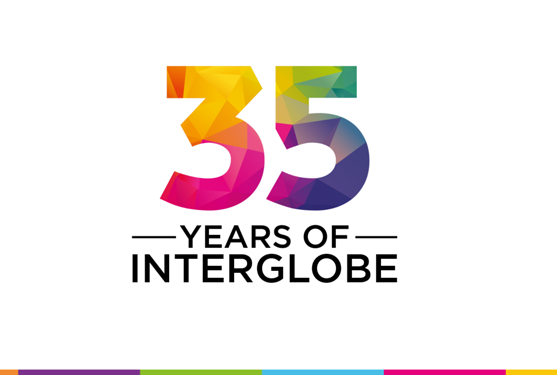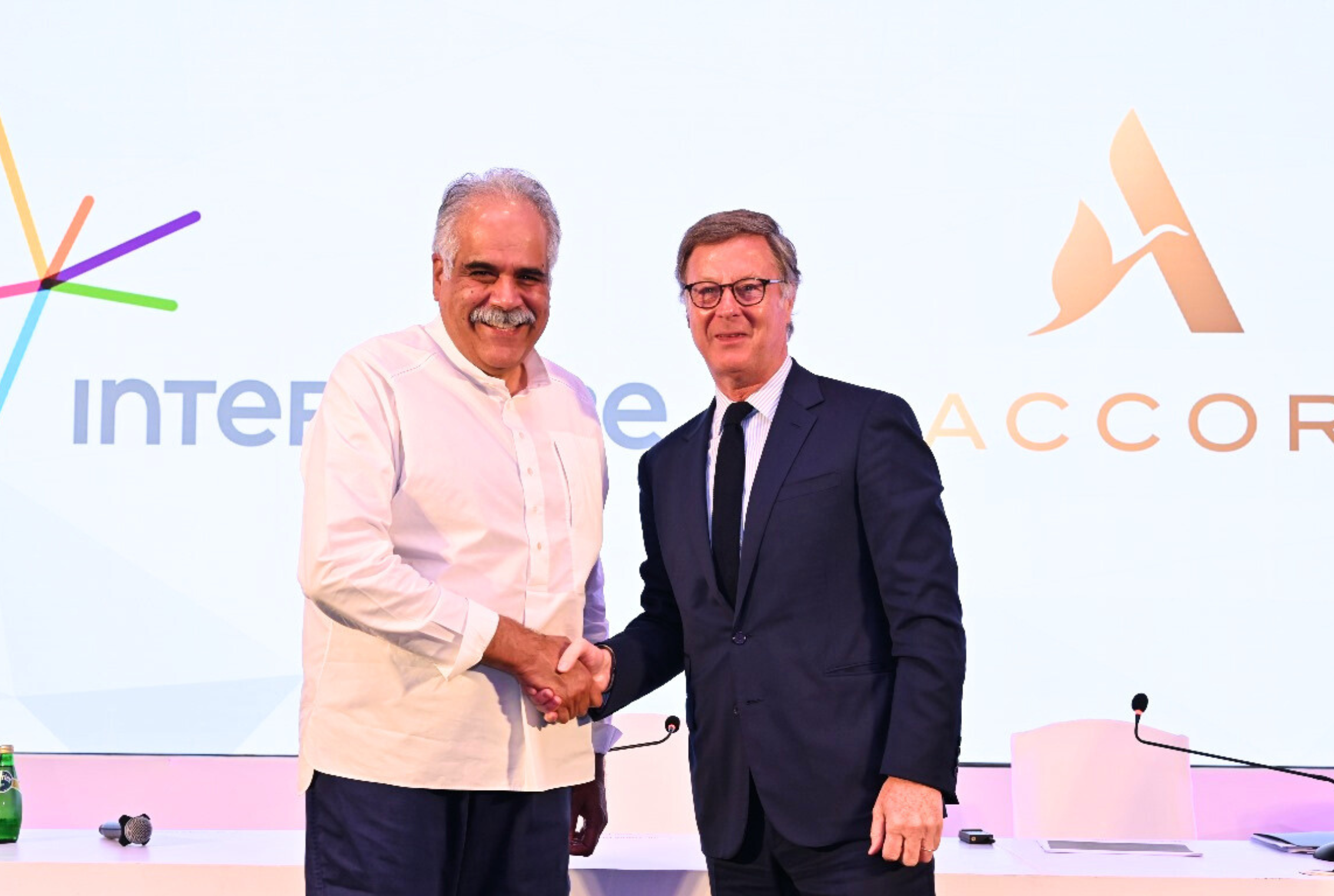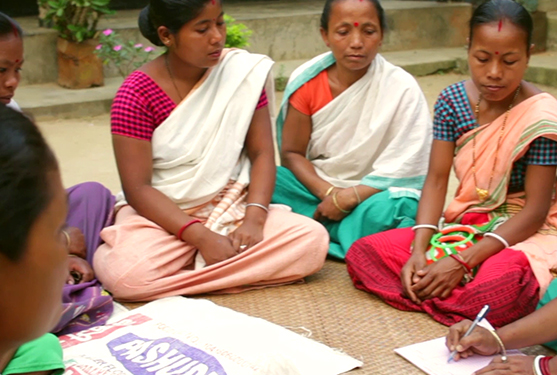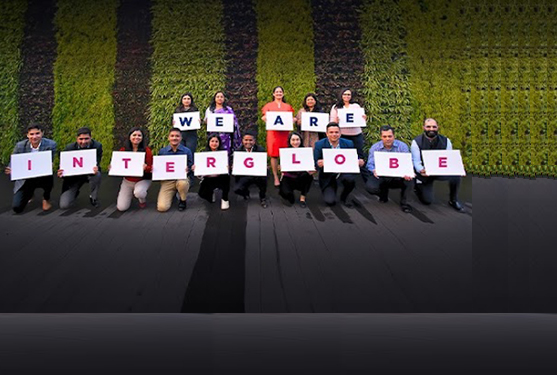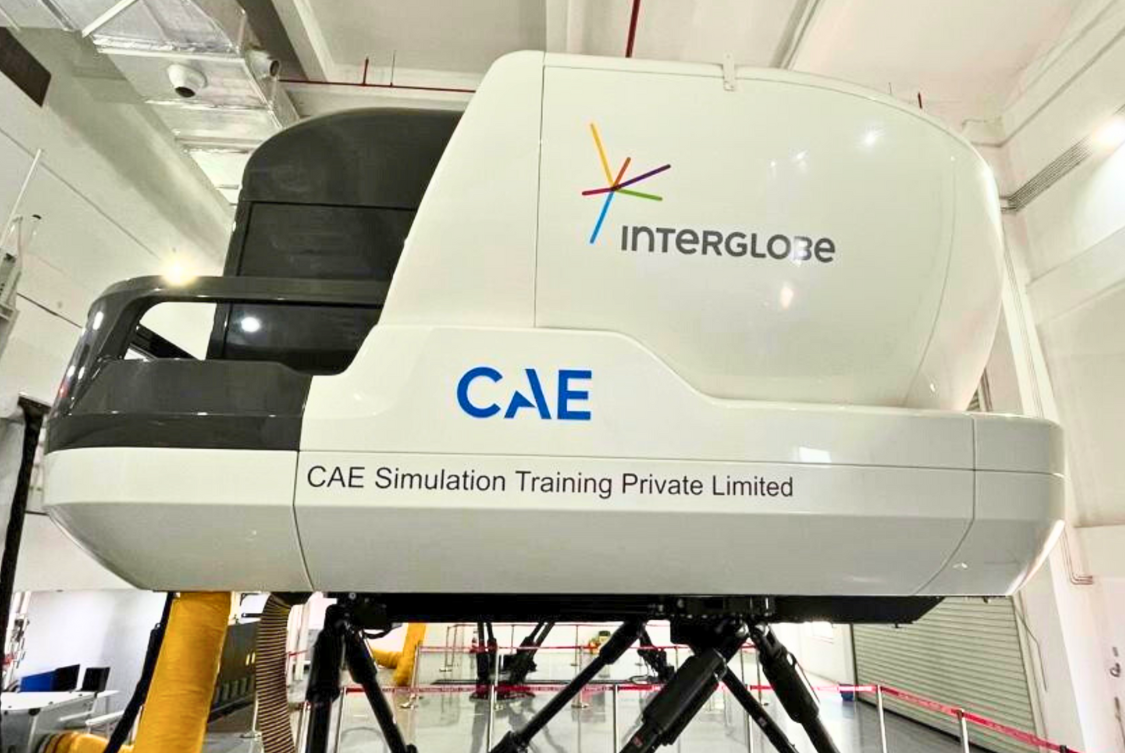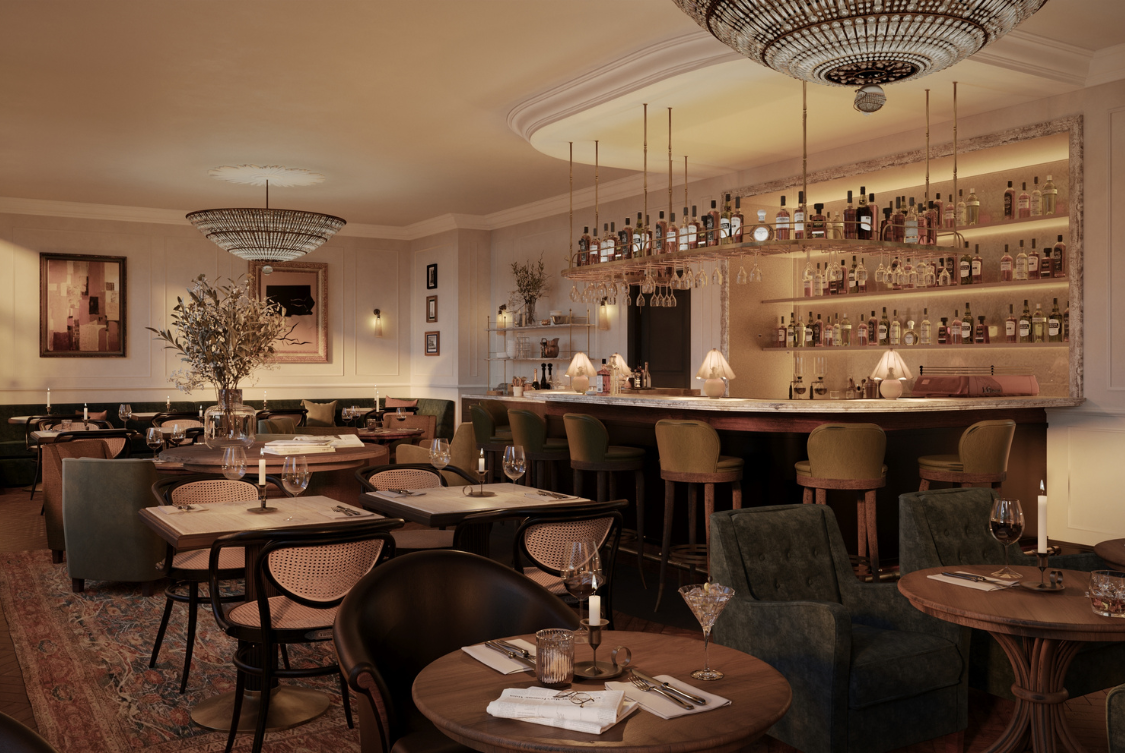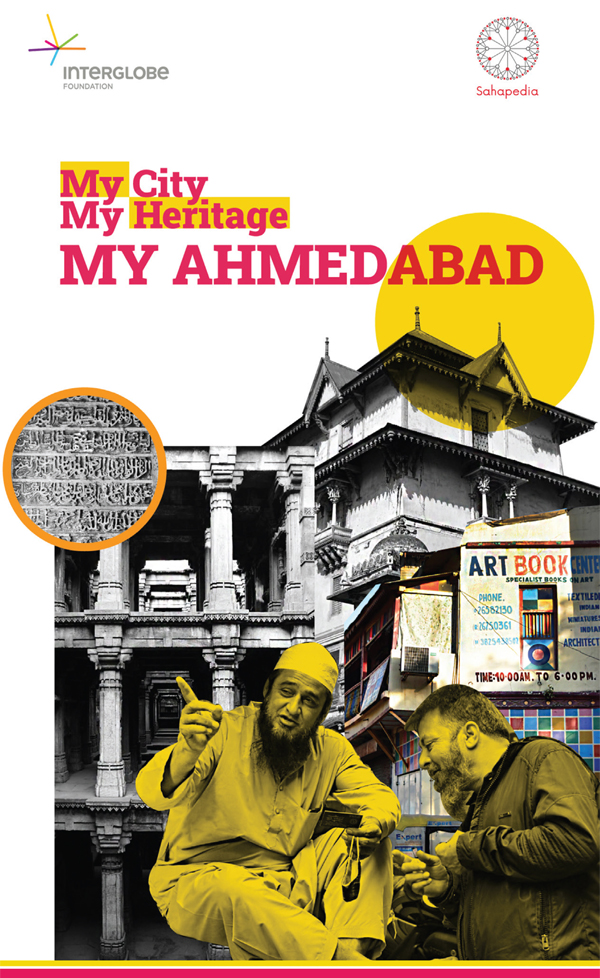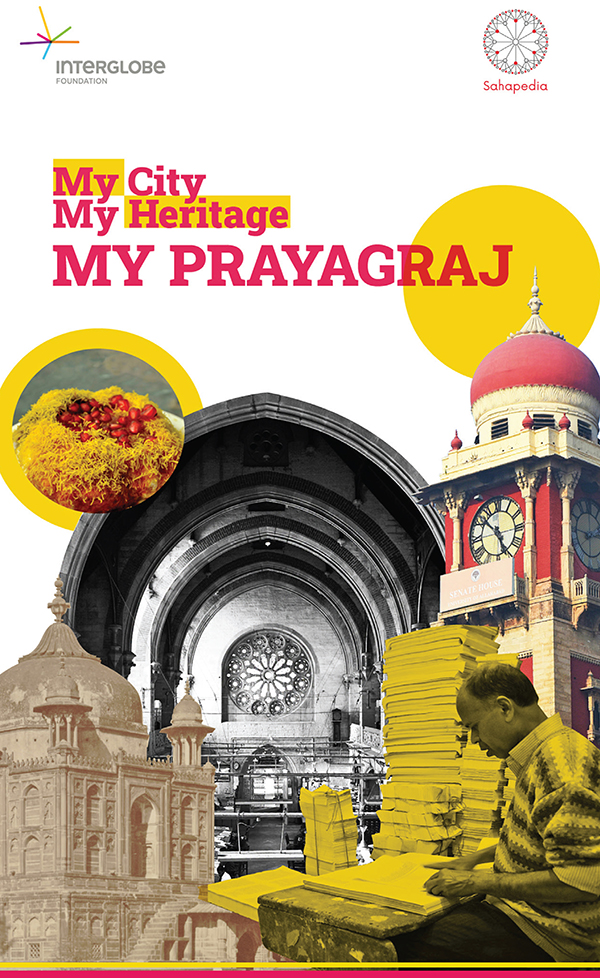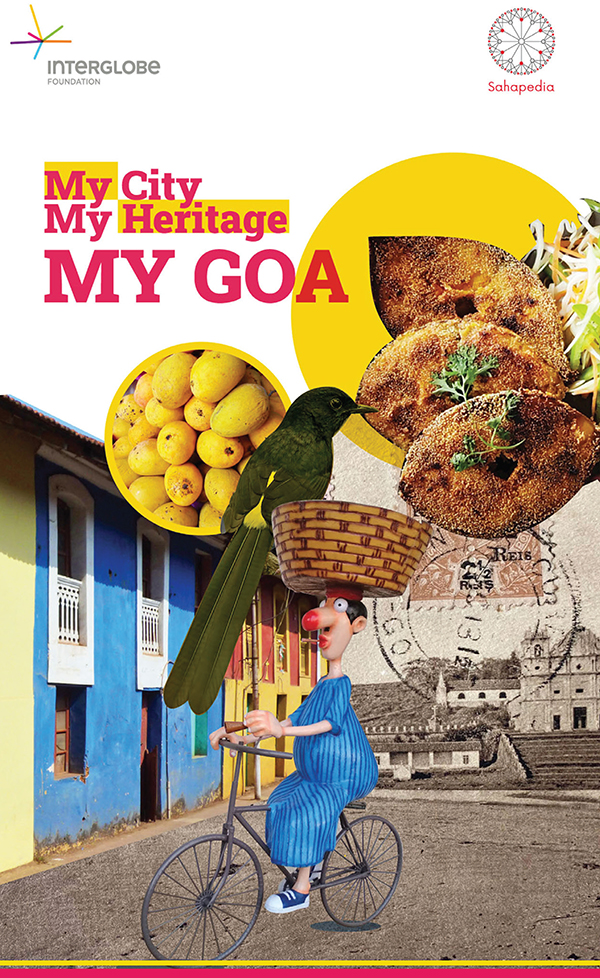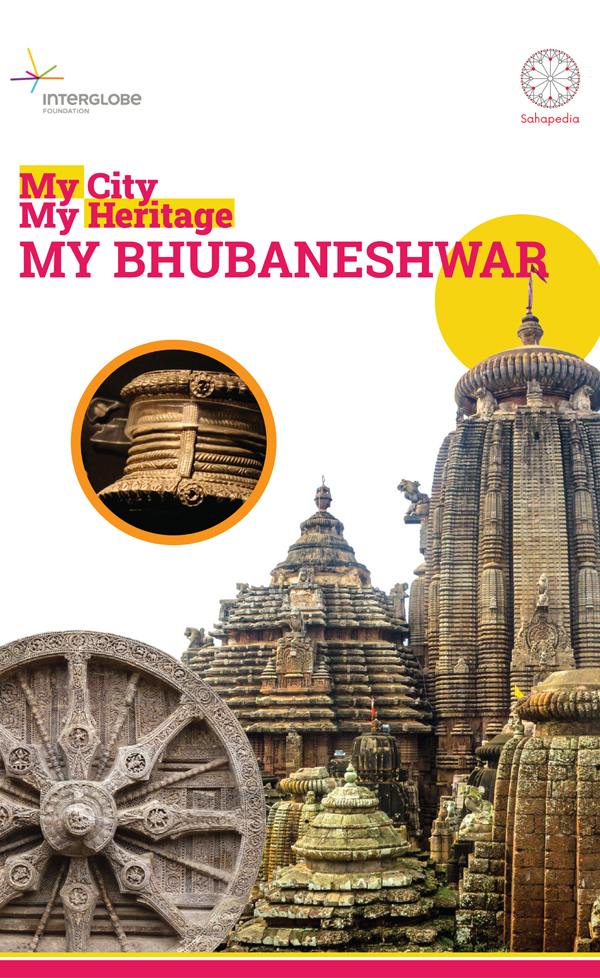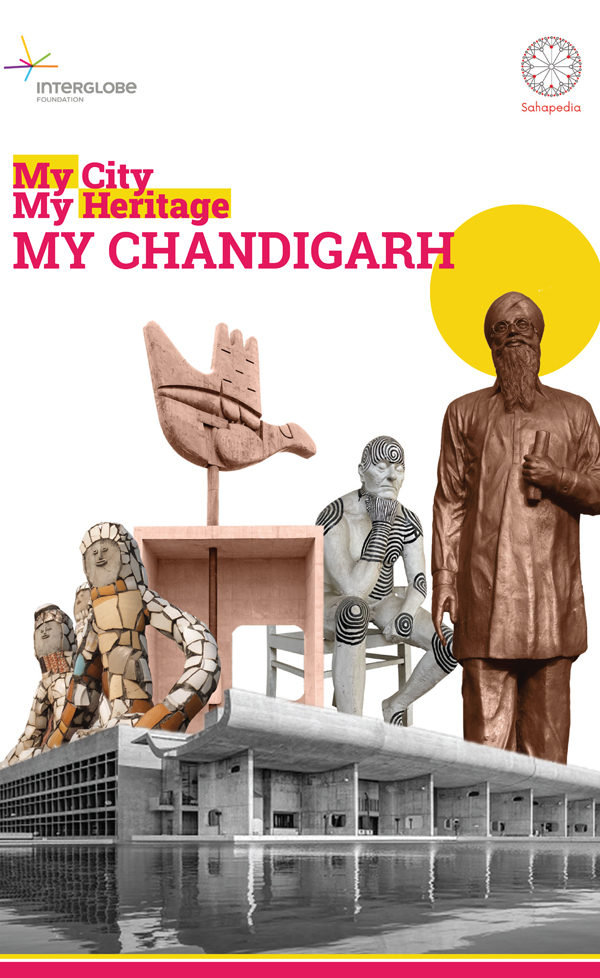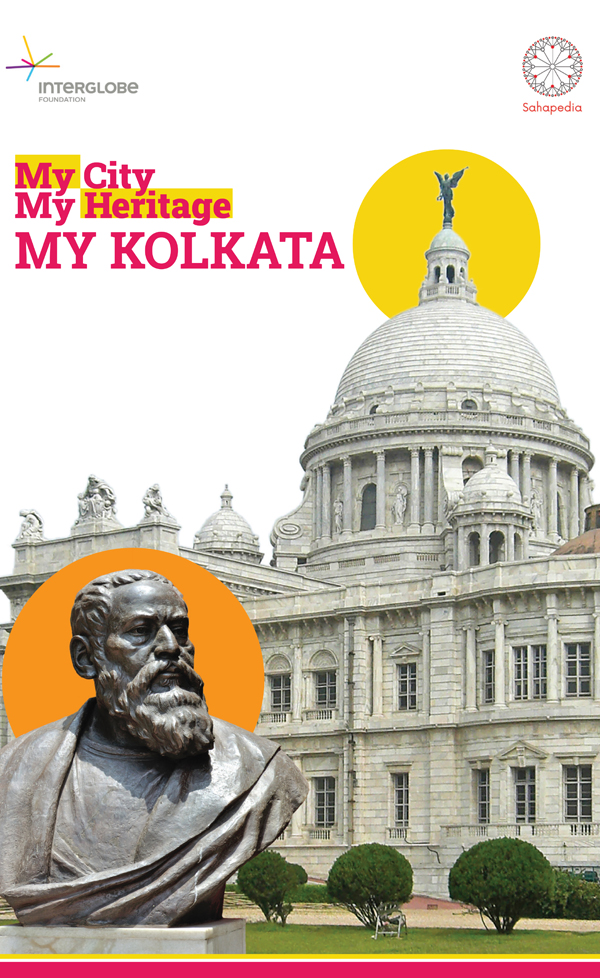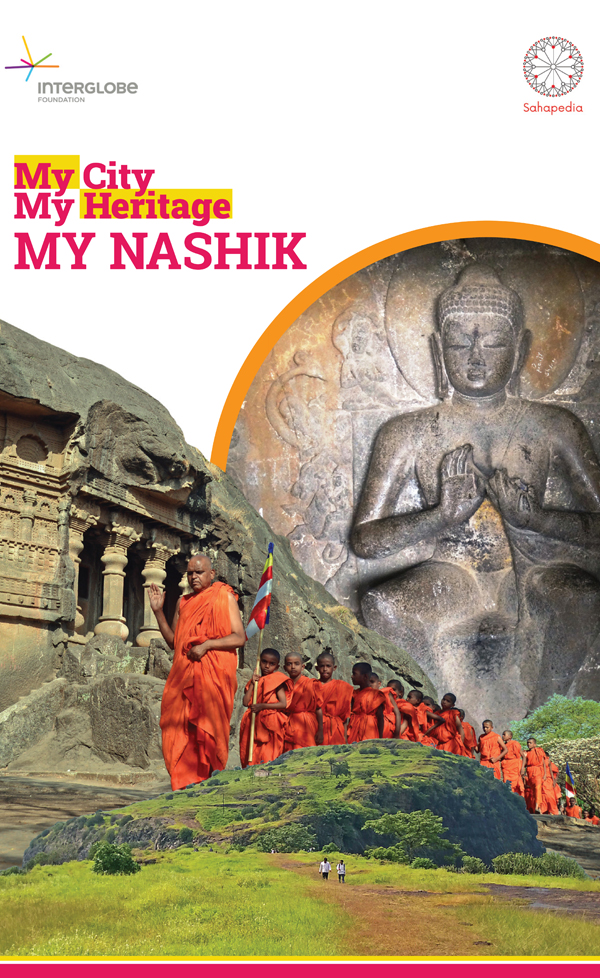

My City My Heritage: Rediscovering the culture and heritage potential of Indian cities
The 'My City My Heritage' project, initiated by InterGlobe Foundation in collaboration with Sahapedia, aimed to rediscover the cultural and heritage potential of Indian cities. The project entailed exploration, documentation and dissemination of diverse heritage and cultural aspects of ten locations in India, including publication of booklets. Between 2020 and 2022, numerous heritage walks, museum tours, baithaks, and engaging educational activities for school students and the general public were organised as part of the project. Ahmedabad, Indore, Prayagraj, Goa, and Shillong were covered in the first year, and Bhubaneswar, Chandigarh, Hyderabad, Kolkata, and Nashik were covered in the second year.
As part of the project, more than two hundred cultural points of interest in ten cities were identified, including cultural mapping articles, self-guided trails, listicles, museum mapping pieces, cultural calendars, photography, etc. This has been captured in the city booklets, which are available to the public in both print and digital formats. More than 50+ cultural activities were conducted as part of this project's cultural interface component. This included specially curated events for public and children with special needs on a variety of topics, including built spaces, knowledge traditions, literature and language, practices and rituals, histories and institutions, etc. Post the COVID-19 outbreak in March 2020, a dynamic approach was adopted to plan a combination of on-ground and virtual walks based on feasibility.

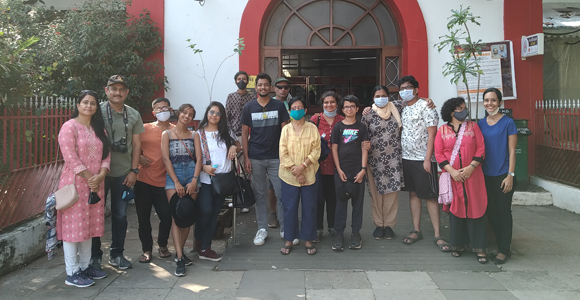

Emphasis was also laid on creating diverse social media content to engage the audience across multiple social media platforms. Content included Did You Know posts, things to know photo videos, walk photos, city information slides, and promotions for International Tourism Day, International museums week, walk, and the booklet promotions.
My City My Heritage project catered to a large target audience, including, but not limited to, children with special needs and from financially and socially disadvantaged backgrounds, culture enthusiasts, scholars, heritage professionals, and tourists. The project aimed at creating opportunities, building interest and capacity of young local scholars through collaborative research, documentation and mapping. An equally important and compelling goal was to create fresh avenues for residents, local administration, and local businesses to re-engage with their cities’ living cultural heritage and renew old as well as create new relationships of participation, community, and ownership within these places.

to portrait mode for better viewing


